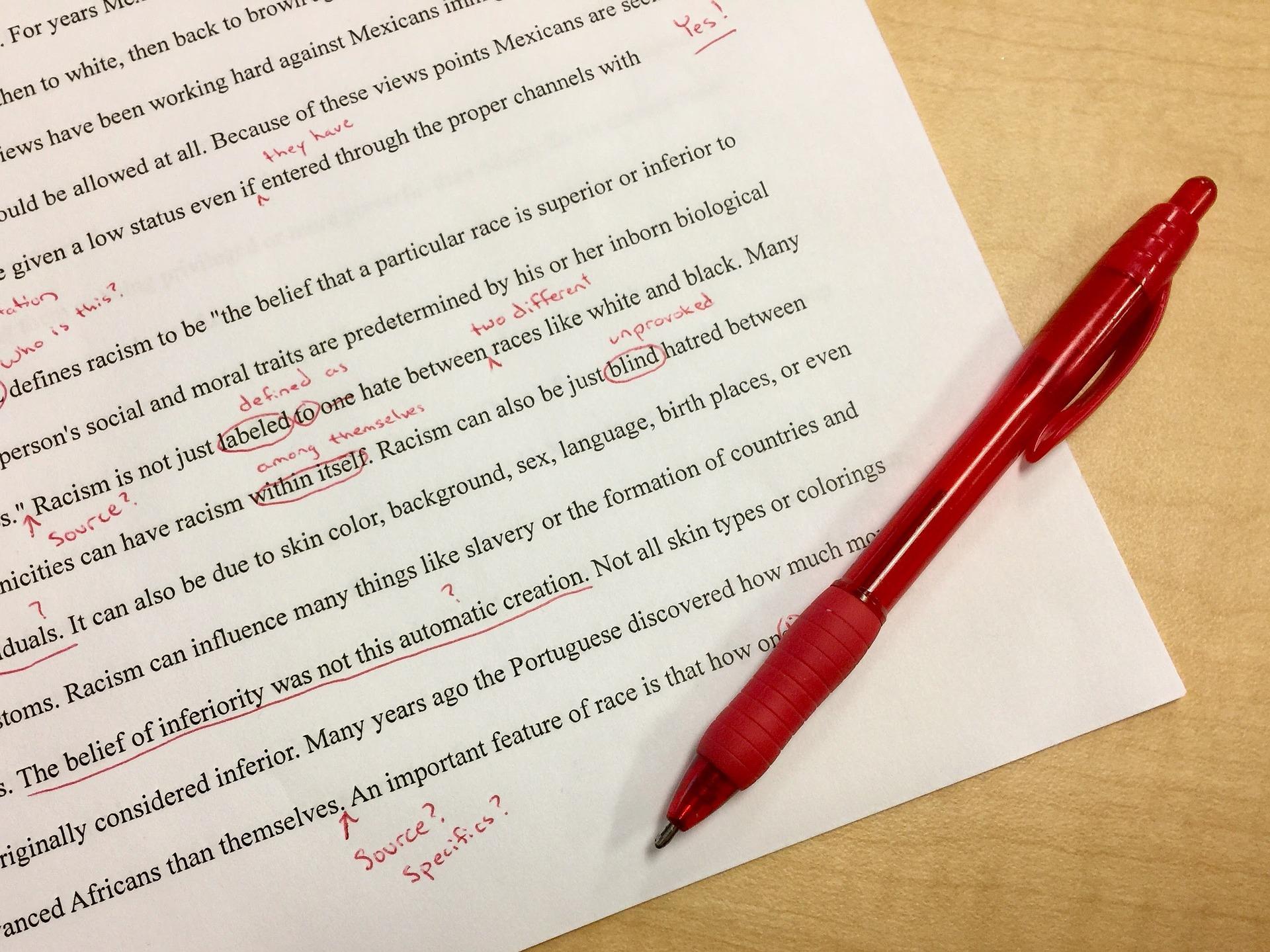In days gone by, the premise of teaching was simple. Teachers had the knowledge to impart and students received it and demonstrated their mastery through passing exams.
Since the Aztecs implemented education during the 15th century, learning has been treated as a one-size-fits-all solution. In other words, it has been said that people of a certain age should be capable of understanding certain concepts and tasks.
These early philosophies failed to take socioeconomic differences, ability or challenges on the students’ part into account. It paid no attention to learning preferences. The order of the day was conformity. If students failed to achieve the blame was on them.
Struggling with arithmetic, reading or writing meant the student lacked effort. There was no differentiation in the classroom.
Until the mid to late 20th century, this mainstream educational philosophy was left unchallenged. It was only after progress in understanding how the human brain works that differentiated instruction activities began to slowly be incorporated into education.
Today, there is without doubt a pedagogy revolution on the go. Not only does it empower students by embracing that there are multiple intelligences, but it has made differentiation in teaching a new reality.
These changes are a boon for every type of student especially as the onus is on teachers to break away from traditional models to embrace the challenges of differentiated instruction.
How difficult can it be?
Superprof wades into the discussion. In this article, you will find out about the methodologies as well as the misconceptions of both traditional teaching and the differentiated curriculum.
If you are an educator, consider this part of your professional development.
Want to give private lessons?
Join the Superprof community and share your knowledge with inquiring and motivated students.
The Misconceptions

Firstly, the fact is that humans are certainly hardwired to respect authority.
Since the first teachers emerged, they have been considered to be all-knowing, especially by young children.
Traditionally, parents have urged children to obey teachers and ask questions when something is unclear. They are the subject matter experts, right?
Everyday Misconceptions about Traditional Teachers
Are teachers all-knowing? Certainly not, they are as fallible as any other human.
Obviously, teachers should have extensive knowledge regarding their subject matter. This, however, does not mean that they are the absolute authority. Unless an expert is extensively published following research in a particular field, they are not an authority.
Another misconception is that teachers impart knowledge. By definition, passing on information is exactly what they do.
The misconception lies in the notion that the information will be received, understood and integrated to it its fullest.
To date, scoring adequate marks in an exam has been proof that this transmission of knowledge has been successful. When most of a class scores highly, the teacher is applauded regardless of any background that could have impacted the student’s efforts. This could include working on a differentiated curriculum with a private tutor.
Want to give private lessons?
Join the Superprof community and share your knowledge with inquiring and motivated students.
Differentiation in Teaching
Due to its relative newness as a strategy, there is much misconception surrounding differentiation in the classroom.
For one, it is a myth that differentiated instruction activities focus on the individual.
Think about it, teachers would land up in a heap trying to teach 30 students individually.
Bear in mind that a differentiated curriculum does include a level of individual attention, however, it by no means calls on teachers to work with students one on one.
Group learning is most certainly well suited to differentiated instruction activities.
Another myth states that differentiation in the classroom is student-led. This is not true.
In a differentiated curriculum, students do not select topics – this is still the function of the teacher. However, students are involved in the measure of input as well as how instruction is received.
This is not to say that there is any place for anarchy in a classroom or that teachers should cater to every whim of the student.
Of course, challenges of differentiated instruction are a reality because students should be allowed to propose ideas, however, it should also be the ultimate responsibility of the teacher to manage the class and workload of the students.
Unfortunately, there are those education professionals who read about differentiated instruction and think it is a magic bullet to all current educational system problems. But like anything else, challenges of differentiated instruction are also present.
Including differentiated instruction activities into ordinary teaching is a step in the right direction for many teachers, however, it will not provide an overall solution to educating learners of all types.
Don’t miss our guide on how to incorporate a differentiated curriculum into lesson planning.

The Premise
We already know that the traditional teacher is primarily concerned with the dispensing of information and then measuring the success of the student through exam results.
Furthermore, we know that summative assessment – exams at term end are not the only indicator of a student’s intelligence or success.
This is where differentiation in teaching can bridge the gap. By calling for formative assessment where teachers perform ongoing evaluations to assess student performance, it follows that by adapting resources and materials, a teacher can increase a student’s potential.
It may sound like a lot of work, but once all the background about a student’s learning style has been gathered, as well as their core competencies and interests, it will be easy to record progress.
Differentiation in the classroom means that learning is facilitated rather than taught.
In effect, traditional teaching calls for students to take on a passive role in their learning. On the other hand, differentiation in teaching means that students are active in their education. Not only do they complete assignments and sit exams, but they also input on how and what they learn. Of course, this means that challenges of differentiated instruction are real too.
Find out how differentiated instruction impacts students.
The Methods
In the past, traditional teaching has meant one-way communication where the teacher talks and students listen and learn.
For instance, how many of us have had a teacher who when asked a question, directed us to find the answer in the textbook or elsewhere ourselves?
Of course, lecture-style teaching has its merits. You only have to look at the method of the university professor who has over 100 students at a time. This could be that for seasoned students who know already have already mastered methods of learning, note-taking in lectures can be extremely effective.
Remember that primary and high school learners are not usually taught learning methodology so it is up to mentors, tutors and teachers to show them.
And that is really what differentiation in teaching is about – teaching learners how to learn.
Whereas traditional lessons call for the teacher to do most of the talking, differentiation in the classroom invites discussion, engagement and student-centred learning.
Find tutoring jobs online with Superprof.
In fact, differentiated instruction activities means that the teacher is not centre stage. Instead, students are assigned:
- Project-based learning, this involves working in groups to complete a project.
- Inquiry-based learning, this means students are given scenarios to resolve and questions to answer.
- Problem-based learning, this is learning through solving open-ended problems.
This kind of differentiation in the classroom requires that the teacher circulates from group to group posing provocative questions that are designed to encourage students to find solutions.
Through activities that are designed to encourage cooperation, students learn to question their own solutions which make learning an enriched activity in itself.
Like anything, challenges of differentiated instruction will emerge, however, the teacher should generally be freed up to develop lessons and continually observe student progress.
All of this begs the question: what will the role of tutors be in differentiated learning future?

The Outcome
We know the outcome when it comes to traditional teaching. As knowledgeable and passionate as teachers can be, these are not qualities that lead to student mastery. Simply, it takes more for a student to gain a deeper understanding of a subject.
This is further proved through the phenomenon of test anxiety which has reached pandemic proportions. A primary cause of test anxiety is the feeling of unpreparedness even after copious amounts of study.
So what are the outcomes of differentiated teaching?
As a result of student-centred approaches, prospective test takers gain understanding through method or design This means that they have learnt how to form an opinion about the subject for themselves.
It means that they gain a thorough knowledge of the material on their terms and through their own methods. During this course of action, they are empowered.
Surely empowering a student should be the ultimate goal for every teacher? If this is one of the thoughts you have been having, you are on track to begin designing differentiated instruction lessons for your students.
Finally, don’t miss our article on the ultimate differentiated teaching – private tutoring!
Want to give private lessons?
Join the Superprof community and share your knowledge with inquiring and motivated students.





